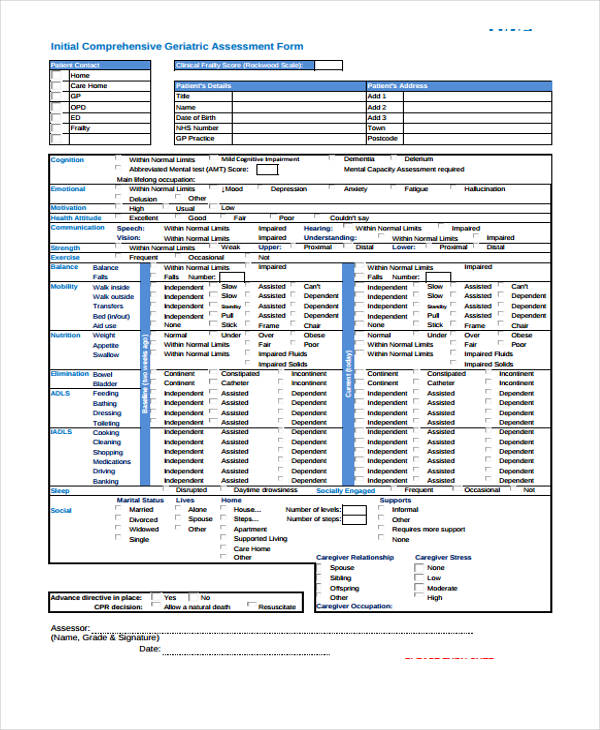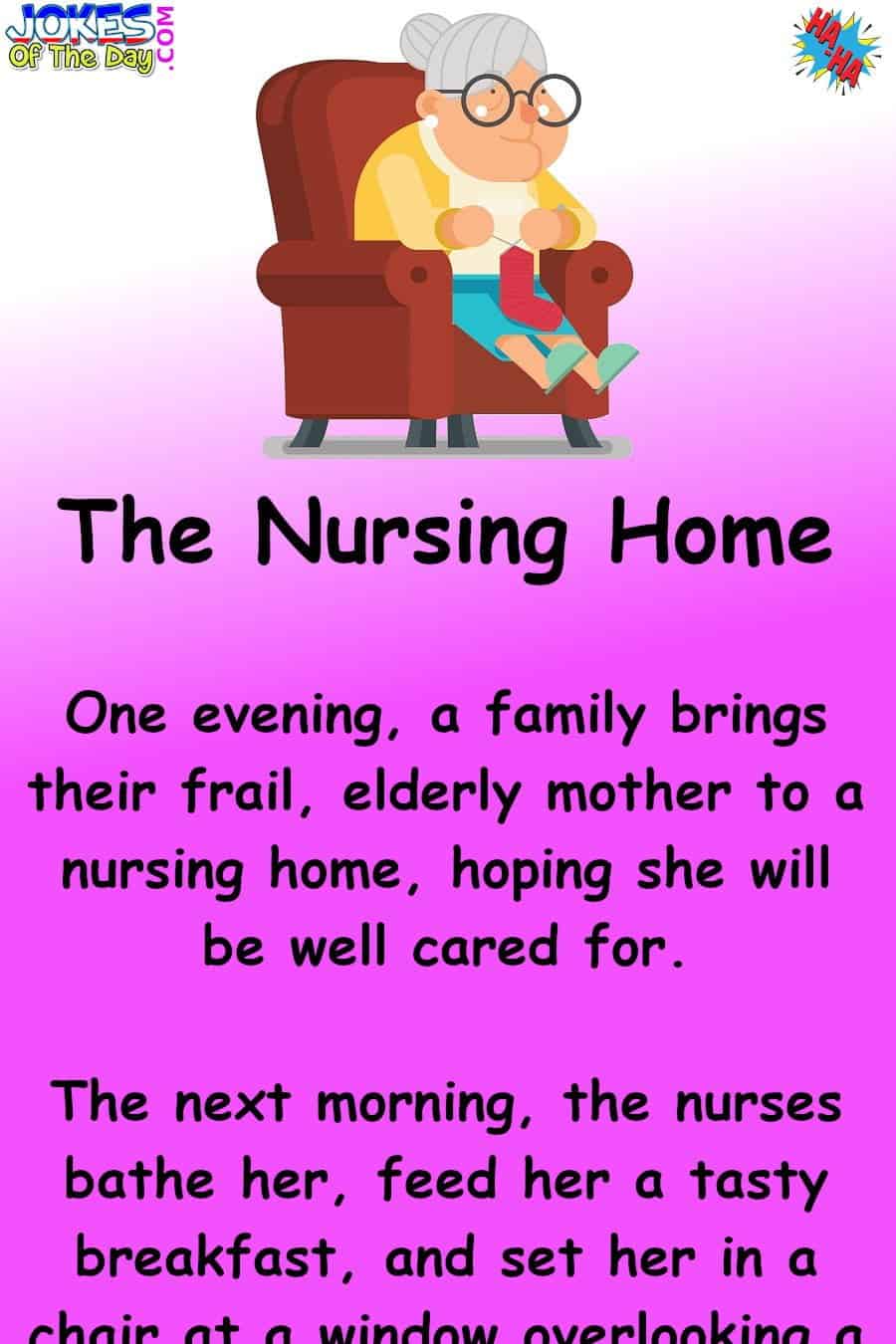Table of Content
Wound dressings that allow for infrequent dressing changes are encouraged to reduce painful dressing changes. The NPUAP provides evidence-based dressing recommendations for all types of wounds, and home care clinicians are strongly advised to follow their recommendations (European Pressure Ulcer Advisory et al., 2014). Home care clinicians should also inquire about dryness, rashes, itching, redness, or swelling. Excessively dry skin may be related to overwashing, alkaline soaps, venous disease, medications, or simply aging (Bianchi & Cameron, 2008). Soap cleanses the skin by removing the lipid film skin layers and dirt, but it increases skin pH during and after washing that ultimately damages the skin barrier protective function.

Free materials to help raise skin cancer awareness Use these professionally produced online infographics, posters, and videos to help others find and prevent skin cancer. On January 14, 2019 a face-to-face meeting was conducted with all advisory board members listed in Table1. The design, conduct, feasibility, and aims were discussed with all advisory board members, and the study protocol was revised and improved on the basis of the expert recommendations. During the trial, the advisory board will oversee the study progress , review results of the monitoring reports, and provide recommendations on possible safety issues.
Treatment for Frail Elderly Syndrome
Collagen and elastin fibers help keep skin flexible and resilient. The body’s production of these fibers declines with age. A lot of sun exposure can accelerate the loss of elasticity and lend a weathered look to skin.
This exploratory study is a cluster-randomized pragmatic investigator-blinded parallel-group trial. The study will be conducted in a random sample of 20 out of 288 institutional long-term care facilities of the federal state of Berlin, Germany. Inclusion started April 2019 and the last nursing home resident will complete the study March 2021. K. Roy, “Skin diseases in elderly population from Eastern India—an observational study,” Journal of the Pakistan Medical Association, vol. A. Leggat, “Prevalence of skin disease among the elderly in different clinical environments,” Australasian Journal on Ageing, vol.
Download The Complete Guide to Health & Wellness for Seniors
Using a broad-spectrum sunscreen that helps protect against two types of the sun’s rays may prevent more age spots. It becomes thinner, loses fat, and no longer looks as plump and smooth as it once did. Years of suntanning or being out in the sunlight for a long time may lead to wrinkles, dryness, age spots, and even cancer.

Fungal infections were the most common infectious diseases in our study that were found in 37.8%. Other studies showed different rates from 4.4% to 61.6% [13, 18, 21, 22, 27–29]. Fungal infection depends on underlying diseases such as diabetes, bedridden status, and also hygiene level of patients. It seems that infectious diseases are more prevalent among nursing home care patients in comparison to outpatients’ clinic patients .
How do you take care of elderly skin?
A strong hygiene protocol like hand-washing and equipment sterilization in the nursing home goes a long way to prevent skin infections. Individual hygiene for residents should focus on cleaning skin folds and other crevices, with an emphasis on thorough drying afterward. Senior citizens living in nursing homes are at risk of multiple skin infections, with cellulitis at the top of the list.

In order to prevent or cure dry skin, it’s important to make sure each of your residents consume enough water and other fluids. Eight glasses of water per day is a standard recommendation. On hot days, be sure your residents take in more to compensate for sweat loss. Also be mindful of environments with excessively dry air. Utilizing a humidifier can be helpful if air conditions are too dry.
Treatment
All skin areas should be inspected for reddened, tanned, or discolored skin of excessive sun exposure, especially on the scalp, face, ears, and arms. Many older adults might not see the relevance in wearing sun block because of their ages, so the home care clinician should inquire about sun-protective practices and provide education when needed. The use of daily sun block with a sun protection factor of 30 to all sun-exposed areas should be stressed. Older adults should apply sun block 30 minutes before exposure and repeat the application every 2 hours. Clinicians should encourage patients to avoid the sun between the hours of 10 and 4, when ultraviolet rays are the strongest. Brim that effectively covers the ears and face is recommended.

Both skilled and custodial care can be provided at home, in adult day care , or in a residential care setting, such as a nursing home, an assisted living community, or an adult foster care home. The best recommendation is to use a fragrance-free moisturizer. Among the effective products available over the counter are Cetaphil Restoraderm , CeraVe, Aveeno Eczema Therapy, Vaseline Clinical Therapy, AmLactin 12%, and Aqua Glycolic. One of the most prevalent skin problems that affects elderly people is age spots.
The data presented in this study are available on request from the corresponding author. Feature Papers represent the most advanced research with significant potential for high impact in the field. Feature Papers are submitted upon individual invitation or recommendation by the scientific editors and undergo peer review prior to publication.

It seems that sunlight exposure may play a role because seborrheic keratoses are common on sun exposed areas such as the back, arms, face, and neck . The majority of patients were exposed to sunlight due to their jobs. To prevent skin infections, help your residents with the following tips and guidelines to promote overall skin health. Depending on the individual, you may need to assist them in practicing these routines. However, always check with the primary care physician or the resident’s dermatology specialist before making any changes to their medical, nutritional, or overall health care plan.
We suspect that age was probably an important factor in this difference, as the average age of our patients (73.5 years) was much lower than in the previous study. Another reason may be the skin type of these people, and most of them had type III skin. Frail elderly syndrome is directly present in only 9% of HCCPs. However, when we add patients who meet diagnostic criteria to this group, we found that 23% of patients suffered from this issue, which would position it as the fourth most common ND. The infrequent recording of this syndrome by community nurses in PC in our context, compared to the number of patients who meet the diagnosis criteria, could be due to various reasons. On the one hand, it was included in the NANDA-I classification of 2013, which makes it a more recent addition compared to other NDs that have been part of the classification system for longer.

Skin pigments that give skin its color decrease with age. The ones that are left increase in size, according to MedlinePlus. Pigmented areas that have been exposed to sun are more susceptible to age spots and other problems. You’ve probably noticed that your skin that has rarely seen the light of day has a more even skin tone and seems more supple than your skin that has weathered more sun exposure.
The Truth About “Old People Smell”Many people believe the odor that sometimes permeates seniors’ homes and elder care facilities is a result of poor hygiene, but it is actually a natural part of aging. What Every Caregiver Should Know About Bed SoresPressure ulcers are often considered a sign of poor care or neglect, but these painful wounds can happen to any senior. Prevention and early detection are crucial for keeping an elder's skin healthy. Caring for a Loved One With Fecal IncontinenceMillions of adults have bowel control problems, but most are reluctant to talk about this condition and seek help. Get the information you need to start the discussion, explore treatment options and help your loved one improve their quality of life. Moisturizing helps ease the dryness and restore your skin’s protective barrier.

No comments:
Post a Comment